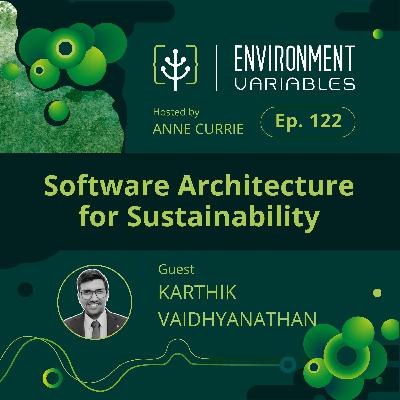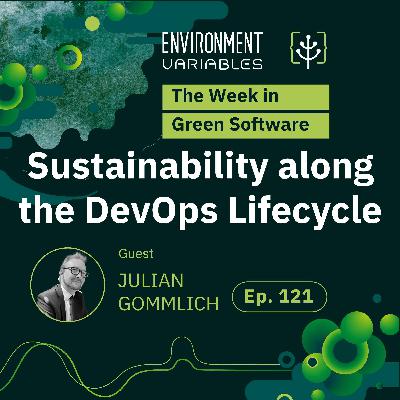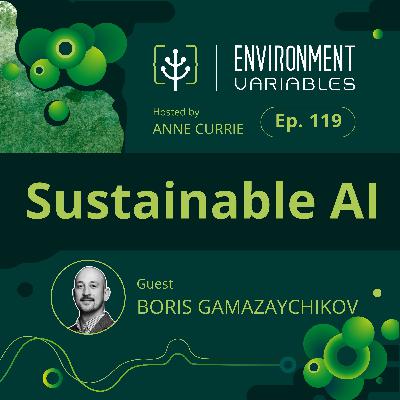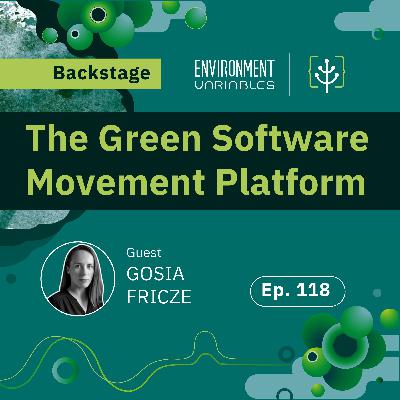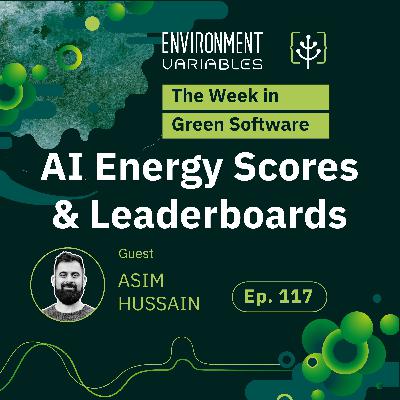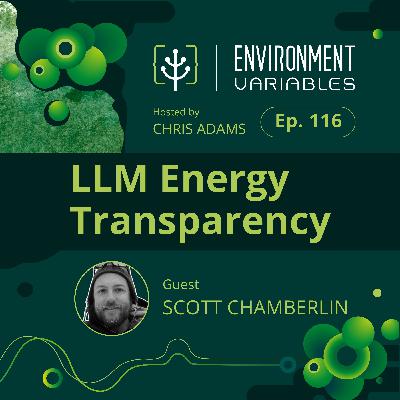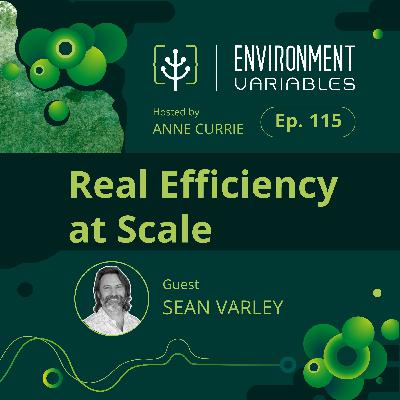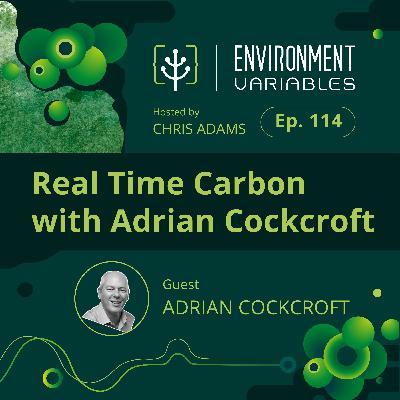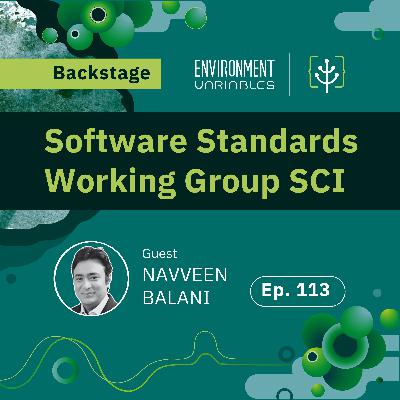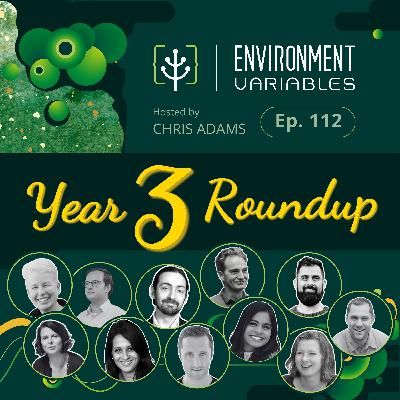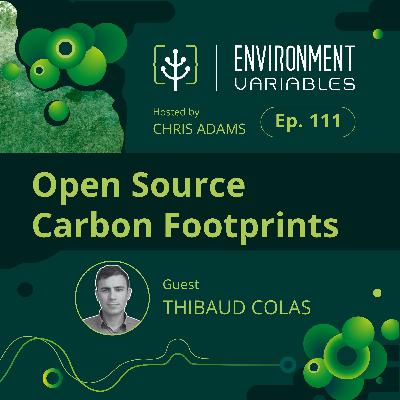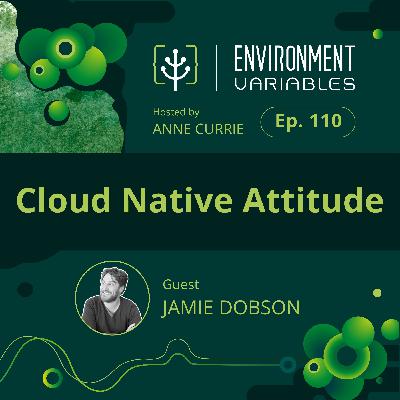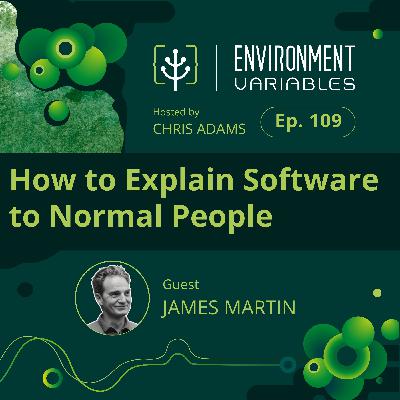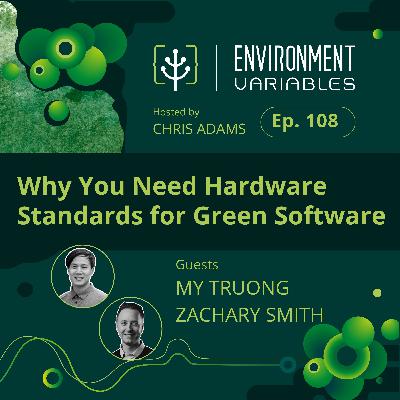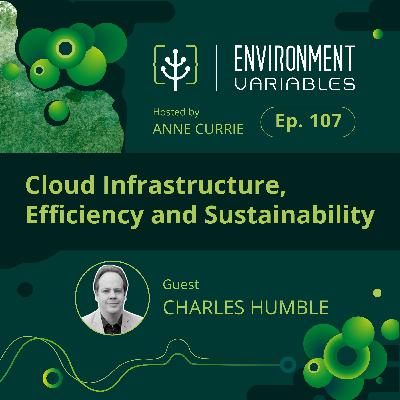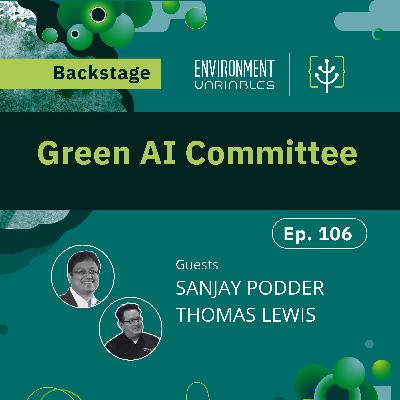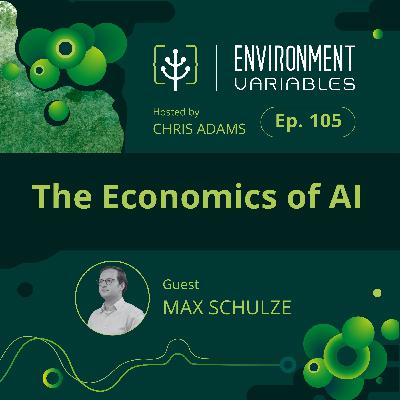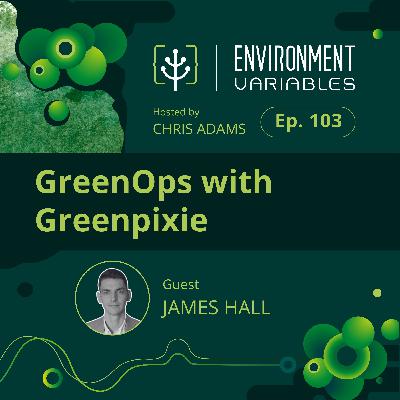OCP, Wooden Datacentres and Cleaning up Datacentre Diesel
Update: 2025-04-17
Description
Host Chris Adams is joined by special guest Karl Rabe, founder of WoodenDataCenter and co-lead of the Open Compute Project’s Data Center Facilities group, to discuss sustainable data center design and operation. They explore how colocating data centers with renewable energy sources like wind farms can reduce carbon emissions, and how using novel materials like cross-laminated timber can significantly cut the embodied carbon of data center infrastructure. Karl discusses replacing traditional diesel backup generators with cleaner alternatives like HVO, as well as designing modular, open-source hardware for increased sustainability and transparency. The conversation also covers the growing need for energy-integrated, community-friendly data centers to support the evolving demands of AI and the energy transition in a sustainable fashion.
Learn more about our people:
Find out more about the GSF:
Resources:
- Windcloud [02:31 ]
- Open Compute Project [03:36 ]
- Software Carbon Intensity (SCI) Specification [35:47 ]
- Sustainability » Open Compute Project [38:48 ]
- Swiss Data Center Association [39:07 ]
- Solar Microgrids for Data Centers [47:24 ]
- How to green the world's deserts and reverse climate change | Allan Savory [53:39 ]
- Wooden DataCenter - YouTube [55:33 ]
If you enjoyed this episode then please either:
- Follow, rate, and review on Apple Podcasts
- Follow and rate on Spotify
- Watch our videos on The Green Software Foundation YouTube Channel!
Connect with us on Twitter, Github and LinkedIn!
TRANSCRIPT BELOW:
Karl Rabe: That's a perfect analogy, having like a good neighbor approach saying, "look, we are here now, we look ugly, we always box, you know, but we help, you know, powering your homes, we reduce the cost of the energy transition, and we also heat your homes."
TRANSCRIPT BELOW:
Karl Rabe: That's a perfect analogy, having like a good neighbor approach saying, "look, we are here now, we look ugly, we always box, you know, but we help, you know, powering your homes, we reduce the cost of the energy transition, and we also heat your homes."
Chris Adams: Hello, and welcome to Environment Variables, brought to you by the Green Software Foundation. In each episode, we discuss the latest news and events surrounding green software. On our show, you can expect candid conversations with top experts in their field who have a passion for how to reduce the greenhouse gas emissions of software.
I'm your host, Chris Adams.
Hello, and welcome to another edition of Environment Variables, where we bring you the latest news and updates from the world of sustainable software development. I'm your host, Chris Adams. How do you green the bits of a computing system that you can't normally control with software? We've discussed before that one option that you can do might be to shift where you run computing jobs from one part of the world to another part of the world where the energy is greener.
And we've spoken about how this is essentially a way to run the same code, doing the same thing, but with a lower carbon footprint. But even if you have two data centers with the same efficiency on the same grid, one can still be greener than the other simply because of the energy gone into making the data center in the first place and the materials used. So does this make a meaningful difference though, and can it make a meaningful difference? I didn't know this.
So I asked Karl Rabe the founder of Wooden Data Center and Windcloud, and now increasingly involved in the Open Compute Project, to come on and help me navigate these questions as he is the first person who turned me onto the idea that there are all these options available to green the shell, the stuff around the servers that we have that also has an impact on the software we run.
Karl, thank you so much for joining me. Can I just give you the floor to introduce yourself before we start?
Karl Rabe: Thanks, Chris. This is an absolute honor and I'll have to admit, you know, you're a big part on my carbon aware journey, and so I'm very glad that we finally get to speak. I'm Karl, based out of North Germany. We initially, I always say I had a one proper job. I'm a technical engineer by training,
and then I moved into the data. Then I fell into the data center business, we can touch on it a little later, which was Windcloud, which remains, which was data center thought from the energy perspective, which is a very important idea in 2025. But we pivoted about four years ago to Wooden Data Center, probably can touch upon those a little later, in also realizing there is this supply chain component to the data center.
And there are also tools to action against those. And I'm learning and supporting and providing, you know, as a co-lead in the data center facilities group of the OCP where we work, you know, with the biggest organizations directly in order to shape and define the latest trends in the data center
and especially navigating the AI buildout in somewhat of a, yeah, sustainable way.
Chris Adams: Okay, cool. And when you say OCP, you're referring to the Open Compute Project, the kind of project with Microsoft, Meta, various other companies, designing essentially open source server designs, right?
Karl Rabe: Correct. That is the, initially started by then Facebook now Meta, in order yeah, to create or to cut out waste on the server design. It meanwhile involves and grew into cooling environments, data center design, chiplet design. It's a whole range of initiatives.
Very interesting to look into. And, happy to talk about some of those projects. Yeah.
Chris Adams: All right, thanks Karl. So if you are new to this podcast, my name is Chris Adams. I am the director of technology and policy at the Green Web Foundation, a small Dutch non-profit focused on a fossil free internet by 2030. And I also work with the Green Software Foundation, the larger industry body, in their policy working group.
And we are gonna talk about various projects and we'll add as many all the show notes to all the links we can think of as we discuss. So if there's any particular things that caught your eye, like the OCP or Wooden Data Centers, if you follow the link to this website, to this podcast's website, you'll see all the links there.
Alright then Karl, are you sitting comfortably?
Karl Rabe: I am sitting very well. Yeah.
Chris Adams: Good stuff. Alright, then I guess we can start. So maybe I should ask you, where are you calling me from today, actually?
Karl Rabe: I'm calling you today from the west coast of the North Sea Shore in northern Germany. We are not a typical data center region for Germany, per se. We, which is Frankfurt, you know, 'cause of the big internet hub there. But we are actually located right within a wind farm.
You know, in my home, which is, initially was, you know, home growing up and turned to my home office and eventually to what was somewhat considered the international headquarter of Wooden Data Center. Yeah, and we're very close to the North Sea and we have a lot of renewable power around.
Chris Adams: Oh, I see. Okay. So near the north of Germany, near Denmark, where Denmark has loads of wind, you've got the similar thing where, okay. So
Karl Rabe: Yeah, absolutely. Yeah.
Chris Adams: Oh, I see. I get you. So, ah, alright. For people who are not familiar with the geography of like Europe, or Northern Europe in particular, the north part of Germany has loads of wind turbines and loads of wind energy, but lots of the power gets used in other parts of it.
So, Karl is in the windiest part of Germany, basically.
Karl Rabe: That's correct, yeah. We basically have offshore conditions on shore. And it's a community owned wind farm, wh
Comments
In Channel


